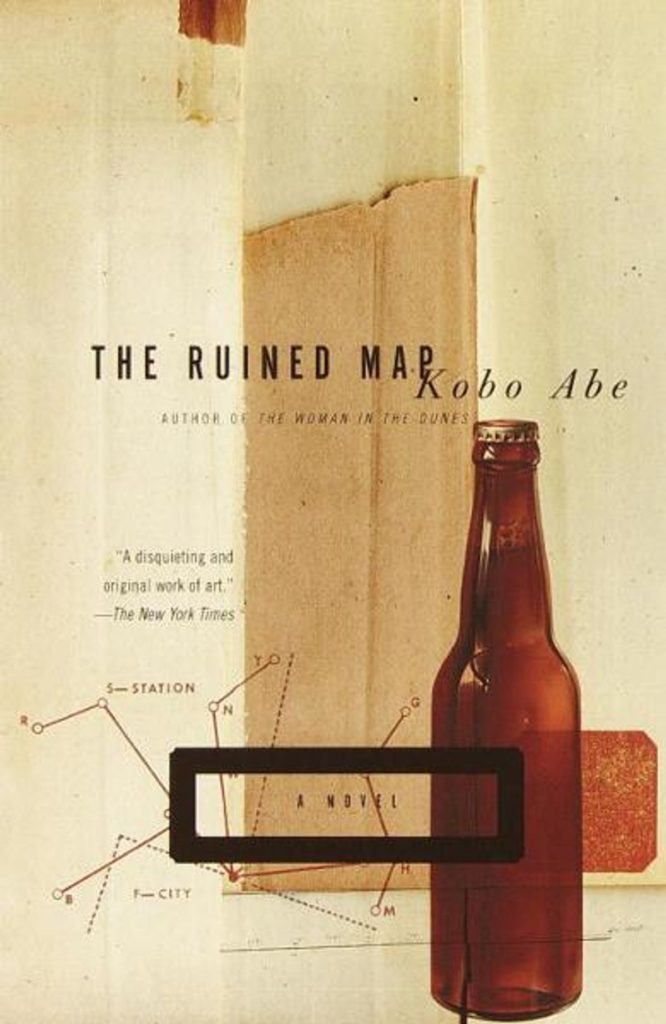
Japan today is a dying country. One in five of its citizens is over the age of 65, and with a birth rate of 1.42 children per woman, its citizens have seen more funerals than births in recent years. And unlike most Western countries, which have sought to offset their population decline with ever-higher numbers of immigrants, Japan has chosen to keep its limited migration quotas, with the result that we can see clearly the devastating consequences of an inverted demographic pyramid: the closing down of maternity wards across the country, for example, or the not-uncommon discovery of decaying corpses in lonely apartment complexes. It is my growing conviction that the solution we have lit upon in the West is no solution at all, amounting merely to a sweeping under the rug of the spiritual and social problems that in Japan are so starkly evident, and it is with this belief in mind that I now turn to a handful of famous 20th century Japanese writers, who expressed alarm at the direction the country took after World War II, when their crushing defeat provoked a radical break with their past and an embarkation on a new and alien way of living.
The first of those writers is Kōbō Abe, born in Tokyo in 1924, and saved from wartime service – and likely death – by the fact that he was a medical student in the 1940s. Medicine, evidently, was not for him – he once quipped that he was given his diploma under the condition that he never practice – but poems, plays and novels proved congenial, and his early efforts garnered him wide acclaim within Japan, culminating in the 1962 publication of The Woman in the Dunes, which won him both the prestigious Yomiuri Prize and, thanks to an English translation and a film adaptation, a wider audience. The Ruined Map, published in 1967, begins as a standard detective novel: our protagonist, an unnamed private investigator, is on his way to meet his client, a hard-drinking woman whose husband, Mr. Nemuro, a corporate higher-up at Dainen Enterprises, disappeared six months ago. Six months behind his quarry, and with only a matchbox, an old photograph and the unreliable testimony of characters close to Mr. Nemuro, including his wife, our protagonist has to piece together the details of the disappearance and compile a list of suspects: was he perhaps kidnapped, or killed by corporate rivals? was his wife complicit in some way? or has he simply sought to disappear, to leave behind his responsibilities and begin life anew?
The beginning of the novel is given the standard structure of a detective fiction, in the manner of Raymond Chandler, but there are early hints of something less straightforward transpiring. For example, on the very first page, as our protagonist is driving to meet his client, he is forced to brake abruptly to avoid running over a careless boy rollerskating in the neighborhood. It is a throwaway scene, easily forgotten, but he returns to the memory of it when he is with his client, contemplating what might have happened if his car had been more powerful, his reflexes less reliable:
The boy would have tried to avoid the car, twisting his body to the left, but in so doing he would have exposed his right flank and been forced under the wheels of the car from the other side. It would have been even better for him to have broken his leg. He would have had no ground resistance because of the roller skate, and the part of his body that was struck by the car wheels would have become a fulcrum. He would have been swung far out and flung full against the guard railing. If he hadn’t had his skull broken, his collar bone would have snapped. His eyes would twitch and frothy vermilion blood, brilliantly clear, would well out of his mouth and ears. It was quite obvious I would not be here now if that had happened.
This morbidity, I remind you, is a fiction within a fiction, conjured by the imagination of our protagonist, a bloody what-if appearing in the middle of a tranquil living room scene. Leaving his client’s apartment, sitting in his car at the top of a hill overlooking a crowd of walkers, our protagonist gives us another glimpse into his psyche:
Looking down on them as I was, I realized very well that man was a walking animal. No, rather than walking, I had the feeling he was fighting gravitation, diligently lugging around his heavy bag of skin packed with viscera. Some were returning, going back to the play they had left … leaving in order to return. They go out to obtain willing material to make the thick walls of their houses thicker, stronger than ever to return to.
Neither Chandler’s Philip Marlowe nor Simenon’s Jules Maigret, nor any other fictional detective I am familiar with, think or speak like this. Much later, towards the end of the book, another character will make a similar reflection: “When you think about it, the men walking around here so feverishly are like temporary missing persons. The difference being a few hours or a lifetime.”
The deeper our detective-protagonist immerses himself into his investigation, and into the seedy world of Tokyo’s criminals, the less stable becomes his sense of self. The boundaries between day and night, interior and exterior, truth and fiction, begin to blur, until finally the most consequential boundary, between the detective and the missing person he is in search of, begins to break down. The feeling, for the reader, is intensely disorienting and disquieting – our map of the novel comes undone, and we lose ourselves without it. Kōbō Abe has been likened to a Japanese Kafka, and The Ruined Map makes a powerful and compelling case for the comparison.